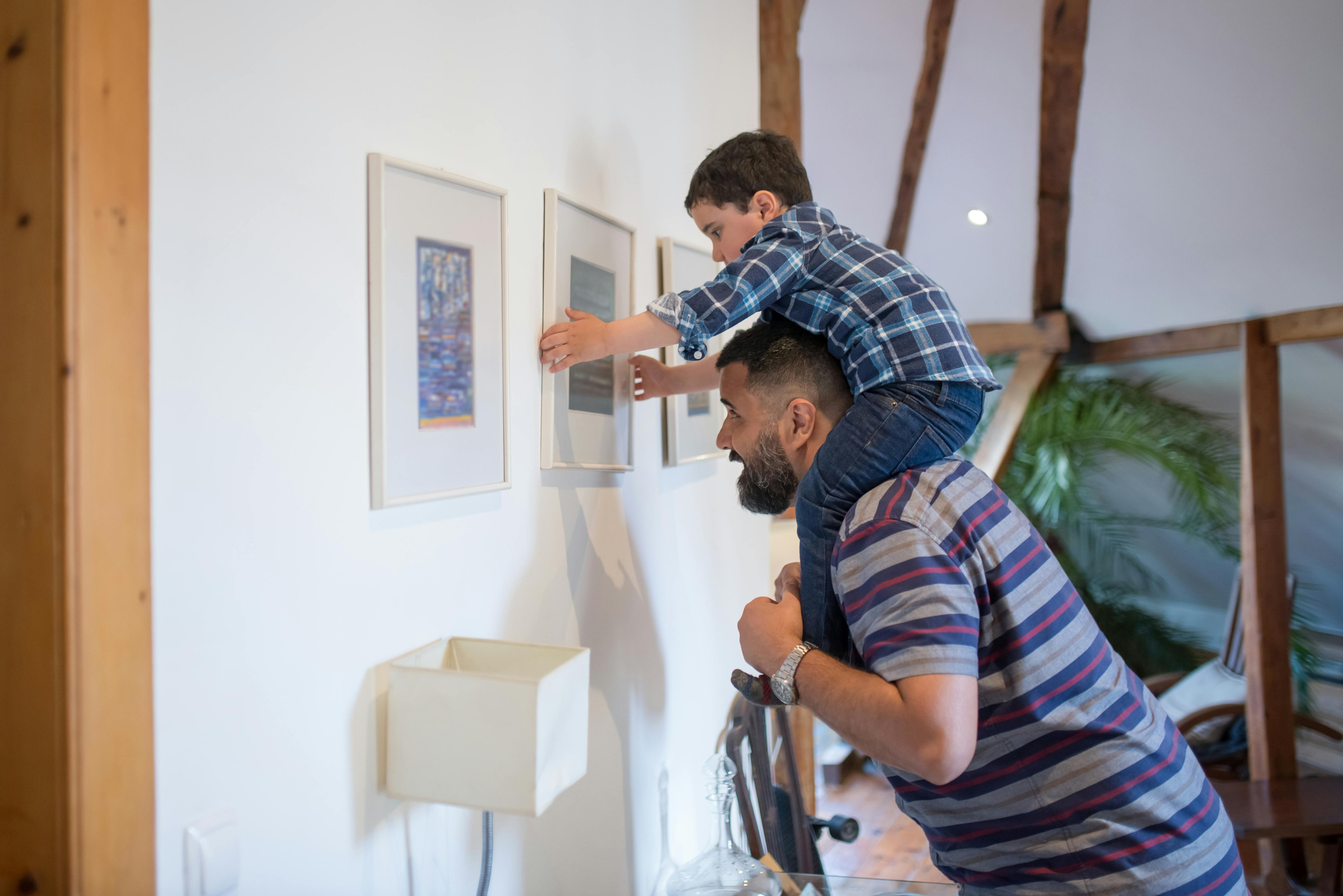How to Effectively Prevent Ear Crystals in 2025: Essential Tips
Ear crystals, or the misalignment of tiny calcium carbonate crystals called otoliths within the inner ear, can lead to balance disorders such as Benign Paroxysmal Positional Vertigo (BPPV). Understanding how to prevent ear crystals is crucial for maintaining vestibular system health and reducing the risk of dizziness and falls. This article explores practical strategies and lifestyle changes to promote ear health, helping you manage and prevent ear crystal-related issues.
Additionally, we will delve into Epley maneuver tips, hydration practices for inner ear health, and the significance of exercises aimed at strengthening vestibular function. Whether you’re looking to improve your balance, understand the implications of ear health better, or find effective dizziness solutions, this guide provides essential insights and actionable steps.
Key takeaways include understanding BPPV, recognizing symptoms related to ear crystals, and exploring effective interventions to support a stable and balanced life.
Understanding Ear Crystals and BPPV
Building on the importance of ear health, it's vital to grasp the mechanics behind ear crystals and BPPV. The inner ear contains otoliths, responsible for sensing gravity and motion. When these crystals dislocate, they can lead to episodes of vertigo, making daily activities a challenge. This section will explore the pathophysiology of BPPV, how otoconia affect balance, and the symptoms to watch for.
What Are Crystals in the Inner Ear?
Crystals in the inner ear are primarily composed of calcium carbonate and serve a crucial role in the vestibular system, which helps coordinate balance and spatial orientation. When these crystals become dislodged from their usual position, they float freely within the semicircular canals of the inner ear, disrupting normal balance signals sent to the brain. Understanding this process is key to recognizing and preventing ear-related issues.
Symptoms of Ear Crystals Issues
Common symptoms of ear crystal dislocation include sudden feelings of dizziness when changing head positions, vertigo, lightheadedness, and balance problems. Some individuals may also experience nausea and visual disturbances. Recognizing these symptoms early can lead to timely interventions, like the Epley maneuver, which can help reposition the crystals and alleviate symptoms.
The Impact of Age on Ear Health
Age significantly affects ear health, with older adults being more susceptible to dislodged ear crystals due to natural degeneration processes. As we age, the structures within the inner ear can become less effective, which can impact balance and increase the risk of falls. Understanding these age-related changes can help in implementing preventative measures early on.
Effective Lifestyle Changes for Ear Health
With these fundamentals established, we can explore proactive lifestyle changes that promote ear health and balance. Incorporating specific practices into daily life can significantly reduce the risk of developing ear crystals and other balance-related issues. Here we will review exercises for vestibular health, hydration tips, and dietary changes.
Hydration for Ear Health
Hydration plays an essential role in maintaining otoliths health and preventing dizziness. Dehydration can lead to a thickening of inner ear fluids, affecting balance and increasing the risk of vertigo. Regular water intake and electrolyte balance can support ear function, making hydration an integral part of ear health maintenance. Aim for at least eight glasses of fluid daily, adjusting for physical activity and climate conditions.
Nutrition for Optimal Ear Balance
A balanced diet rich in vitamins and minerals is crucial for promoting ear health. Calcium and vitamin D are particularly important, as they contribute to maintaining strong otoliths within the inner ear. Incorporating dairy products, leafy greens, nuts, and fish can enhance nutritional intake, supporting overall vestibular function. Moreover, avoiding excessive salt and caffeine can help minimize fluid retention, further aiding ear balance.
Exercises for Vestibular Health
Regular vestibular rehabilitation exercises can enhance stability and decrease the occurrence of dizziness episodes. These exercises focus on improving balance and coordination, promoting the body's ability to adapt to changes in head position. Activities like tai chi, yoga, and specific home exercises targeting vestibular function can be highly effective in maintaining ear balance and managing symptoms.

Preventing Ear Crystals Through Safe Practices
Connected to this principle of lifestyle modifications is the importance of engaging in safe practices to avoid dislodging inner ear crystals. Understanding the scenarios that may lead to head trauma or risky movements will be beneficial in developing a comprehensive prevention strategy.
Avoiding Risky Head Positions
Sudden movements and extreme head positions can trigger dislocation of ear crystals. It’s important to avoid activities that require quick or jerky head movements, such as rapidly turning while looking up or down. Instead, practice slow and controlled movements, especially when bending or transitioning from lying down to standing.
Safe Movement Practices
Incorporating safe movement practices into daily routines can help prevent injury and reduce the risk of BPPV. When rising from bed, take your time to sit up first, allowing your body to adjust. Use handrails when navigating stairs and ensure environments are well-lit to prevent falls. These simple but effective strategies can significantly contribute to maintaining ear balance.
Mindfulness and Relaxation Techniques
Managing anxiety and stress can also positively impact ear health. Techniques such as meditation, guided breathing, and yoga can help alleviate the psychological factors associated with dizziness and vertigo. By incorporating mindfulness practices, individuals can foster a sense of calm, supporting improved vestibular confidence and balance stability.
Best Practices for Managing Symptoms
Transitioning from prevention to active management of ear crystal symptoms involves implementing strategies that address existing issues while preventing recurrence. This section will provide insights into effective treatments and lifestyle adjustments.
Understanding BPPV and Treatment Options
For those managing BPPV, it is essential to understand the condition fully. Treatment options vary from physical maneuvers, like the Epley maneuver, to medications that can alleviate vertigo symptoms. Seeking guidance from healthcare professionals can create a tailored treatment plan that best suits individual needs and symptom profiles.
Chiropractic Adjustments for BPPV
Many individuals find relief from BPPV through chiropractic adjustments, which can help realign the inner ear structures. Qualified practitioners can perform specific techniques designed to address ear crystal issues, complementing other prevention strategies. It is advisable to consult with a healthcare provider for recommendations on suitable chiropractic care.
Regular Check-Ups for Early Detection
Engaging in regular health check-ups is crucial for monitoring ear health. Routine evaluations can help identify early indicators of balance disorders or other ear-related problems. This proactive approach enables timely interventions, facilitating sustained vestibular health and preventing major issues in the future.

Q&A Section: Addressing Common Concerns
The following questions often arise when discussing ear crystals and balance disorders. Here are some practical solutions and recommendations:
How can I prevent dizzy spells related to ear crystals?
To prevent dizzy spells, stay hydrated, incorporate balance exercises into your routine, and be mindful of head positions. Avoid rapidly changing your posture and practice safe movements to reduce the risk of dislodging ear crystals.
What dietary changes can support ear health?
A diet rich in calcium and vitamin D can fortify ear health. Focus on dairy products, leafy greens, and fatty fish. Reducing salt and caffeine intake is also beneficial for preventing fluid retention, which can disrupt balance.
How often should I perform vestibular exercises?
Incorporating vestibular exercises at least three times a week can significantly improve balance and reduce dizziness occurrences. Consistency is key to achieving the best results.
By implementing these strategies and being proactive about ear health, you can effectively reduce the risk of ear crystals, enhance your balance, and lead a healthier, more mobile life.
```